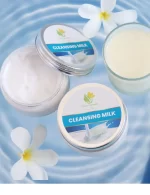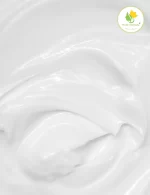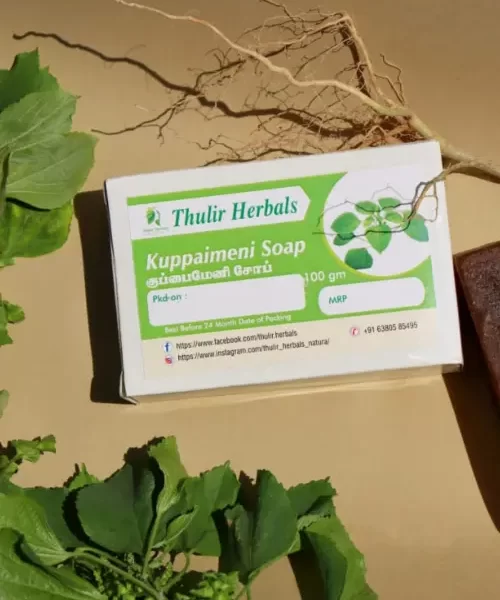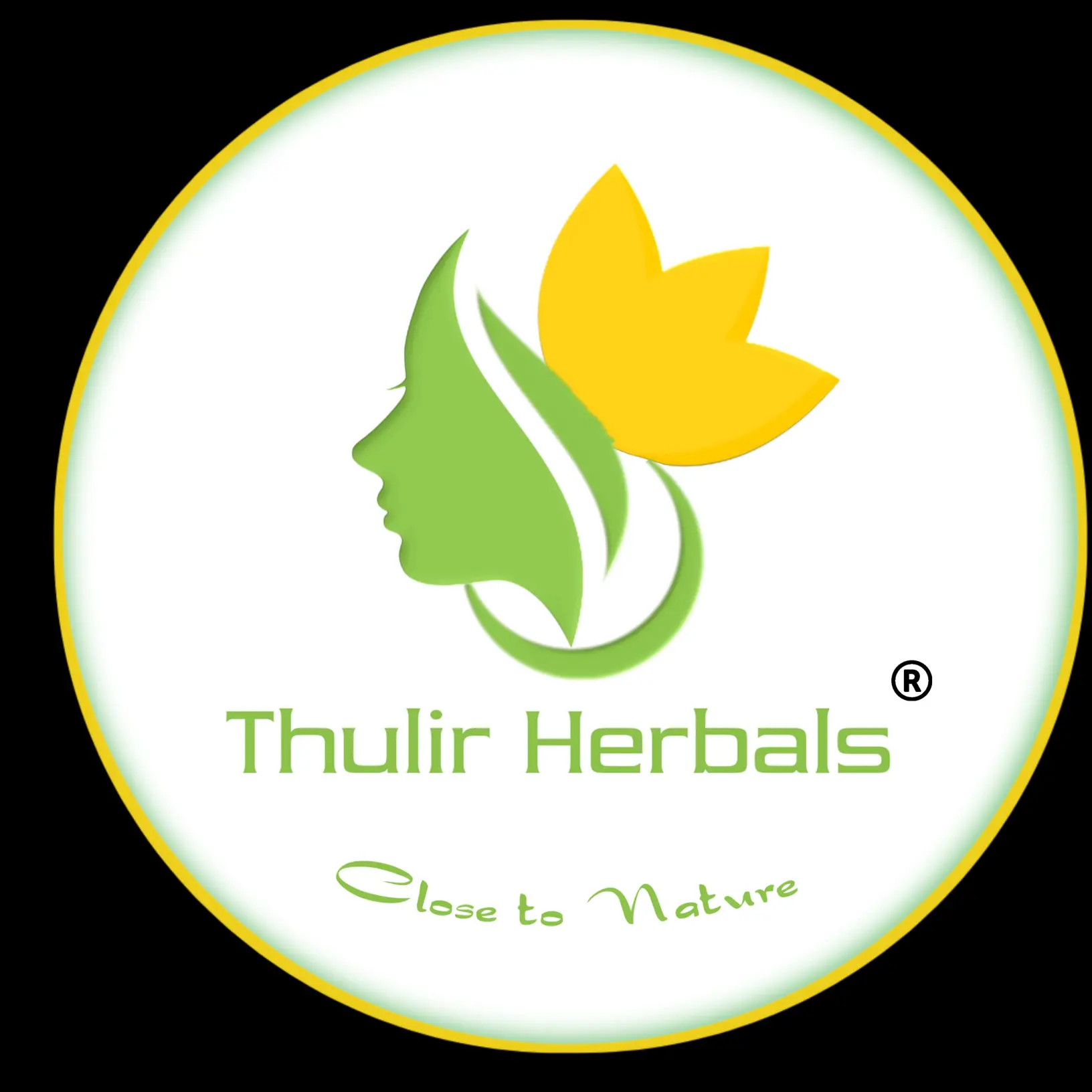Cleansing milk is often used for facial skincare because it is gentle, nourishing, and effective at removing makeup, dirt, and impurities from the skin. Here are some reasons why people use cleansing milk for the face:
- Gentle on the Skin: Cleansing milk is typically formulated to be mild and non-irritating. It is especially suitable for sensitive skin or people prone to dryness or redness. Unlike harsh foaming cleansers, cleansing milk doesn’t strip the skin’s natural oils.
- Hydrating: Many cleansing milk formulas contain moisturizing ingredients like aloe vera, glycerin, and oils, which help to keep the skin hydrated and soft after cleansing. This makes it ideal for dry or dehydrated skin.
- Makeup Removal: Cleansing milk effectively dissolves makeup, including waterproof products, without the need for harsh scrubbing or additional makeup removers. It is particularly effective for removing foundation, mascara, and lipstick.
- Suitable for All Skin Types: Cleansing milk is versatile and can be used on most skin types, including dry, sensitive, and combination skin. It helps to balance the skin without causing over-drying or clogging pores.
- Non-Foaming Formula: Unlike some cleansers that foam up, cleansing milk is cream-based and provides a smooth, soothing experience. It can be massaged into the skin and gently wiped off, leaving the face feeling clean but not tight.
- Soothing and Calming: The ingredients in cleansing milk often have anti-inflammatory properties, helping to calm the skin, reduce redness, and promote an even complexion.
Overall, cleansing milk is an excellent option for those looking for a gentle, hydrating, and effective way to clean their face without irritating or drying out the skin.
Cleansing milk typically contains a blend of gentle ingredients that help cleanse, moisturize, and soothe the skin. Here are some common ingredients found in cleansing milk:
- Water (Aqua): The primary base of most cleansing milk formulations, providing hydration and serving as a solvent for other ingredients.
- Emollients (Oils and Butters): These ingredients help to soften and smooth the skin while providing moisturizing benefits. Examples include:
- Coconut Oil: Known for its hydrating and anti-inflammatory properties.
- Almond Oil: A soothing oil that helps to moisturize and nourish the skin.
- Shea Butter: A rich, emollient butter that nourishes and softens dry skin.
- Surfactants: These are mild cleansing agents that help break down oils, dirt, and makeup without being harsh on the skin. Some common surfactants used in cleansing milk are:
- Cocamidopropyl Betaine: A gentle surfactant derived from coconut oil.
- Decyl Glucoside: A mild, non-ionic surfactant derived from plant sugars.
- Glycerin: A humectant that draws moisture into the skin and helps keep it hydrated during the cleansing process.
- Aloe Vera Extract: Known for its soothing, anti-inflammatory, and hydrating properties, aloe vera helps calm and hydrate the skin.
- Botanical Extracts: Many cleansing milks include extracts from plants known for their skin benefits, such as:
- Chamomile Extract: Has calming and anti-inflammatory effects.
- Cucumber Extract: Known for its cooling and soothing properties.
- Citric Acid: Often used to adjust the pH of the product, ensuring it is gentle on the skin.
- Preservatives: To prevent microbial growth and extend shelf life, preservatives such as Phenoxyethanol are often included in small amounts.
- Vitamin E (Tocopherol): An antioxidant that helps protect the skin from free radical damage and contributes to skin healing.
These ingredients work together to cleanse the skin, remove makeup and impurities, and leave the skin feeling soft, moisturized, and refreshed without causing irritation or dryness.































